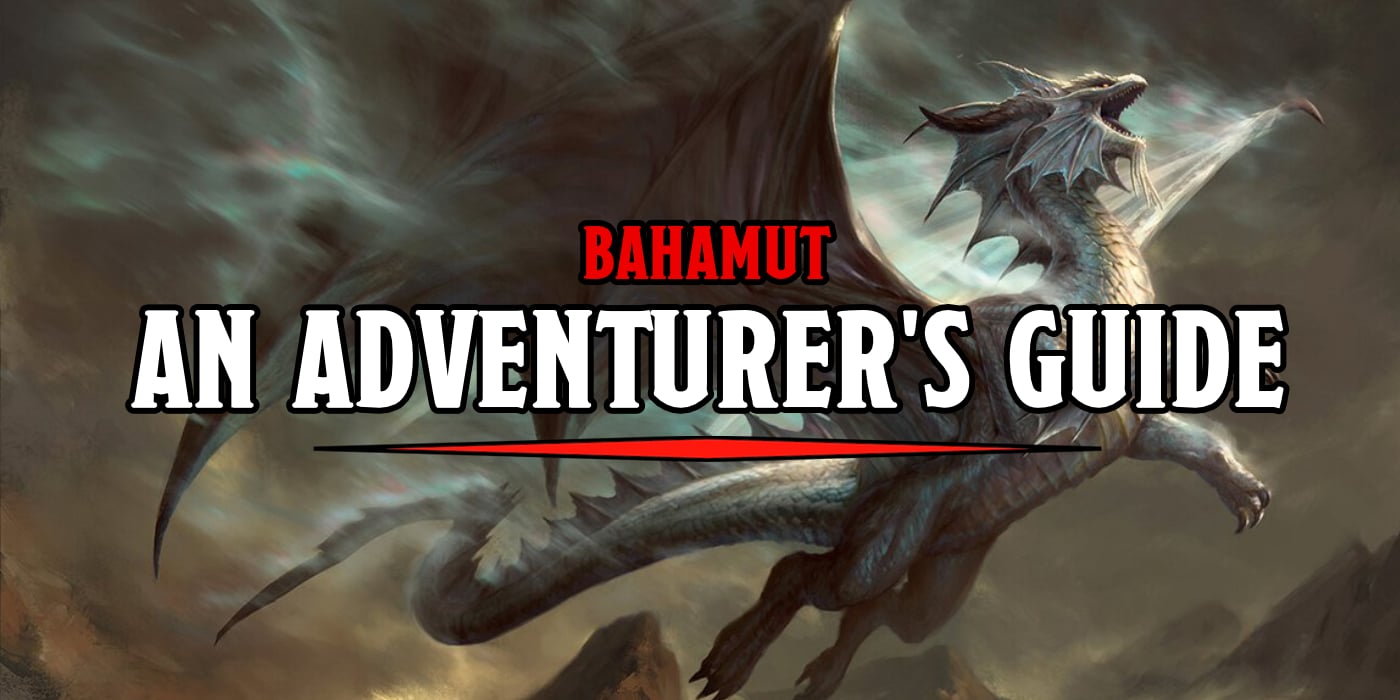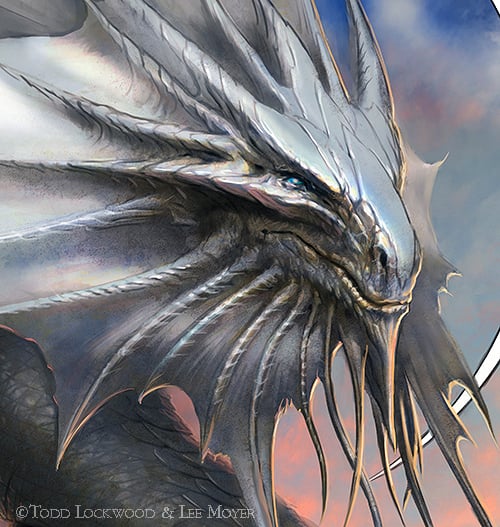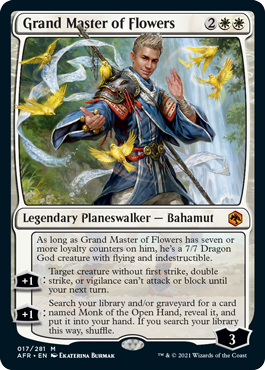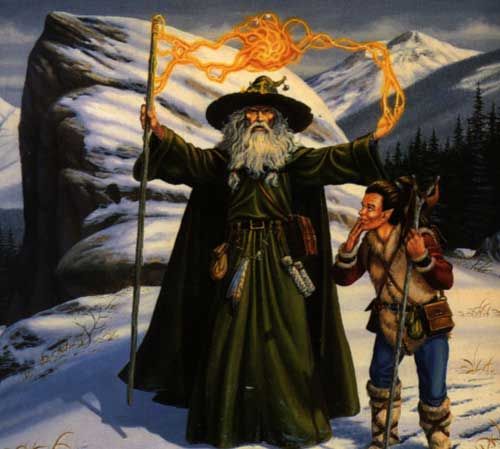D&D: The Platinum Dragon – Bahamut

Want to learn about the primal dragons who first soared over the world when even the elves were young? Come and learn about the Platinum Dragon.
In Dungeons & Dragons everyone’s got religions. Even dragons. Even gods. Even dragon gods. But we’re not here to talk about the weird hierarchy of Faerun that’s devils all the way down and deities all the way up. We are here to talk about one of them specifically–the Platinum Dragon, Bahamut, who features prominently in the upcoming Fizban’s Treasury of Dragons. The new book, which releases October 19th, is a guide to all things draconic, and promises to bring back gem dragons as well as expand the “current canon” of dragon lore.
And one of the two figures at the heart of these reimagined dragons is Bahamut, who isn’t radioactive, but who is the god of good dragons.
Bahamut, like most dragons, can be found across the planes. In Faerun he has always been a god among gods–though he’s classified as a “lesser deity” like his distaff, evil counterpart Tiamat, Bahamut is anything but lesser. In his natural form, the Platinum Dragon, who is sometimes known as the Grand Master of Flowers, is a massive dragon around 180 feet long with gleaming platinum scales that are said to be indestructible. Though few mortals have ever seen Bahamut’s true form, for he frequently wears the guise of an older human in humble clothes accompanied by seven canaries (actually seven gold dragons, who are also disguising their shapes). But Bahamut is also known for being a handsome prince, a lowly urchin, or even a resourceful beggar.
But what makes Bahamut interesting is his presence in the many worlds of Dungeons & Dragons. In Faerun Bahamut is known as a servant of justice and a longtime working partner of Torm.
In Krynn, however, Bahamut is known as Paladein, and is the leader of the faction of good deities where he is called Draco Paladin, the Platinum Dragon, Dragonlord, Skyblade, the Great Dragon, and Bah’mut–though he is perhaps best known as Fizban to the peoples of Krynn.
Bahamut’s legend and influence even can be felt in worlds like Oerth, where Greyhawk can be found. Here he is believed to be the child of the dragon god Io (who also exists in Faerun, and from whose sundered corpse Bahamut is said to originate). Here he is called the Lord of the North Wind, Justicemaker, the Dragon King, and once again, Draco Paladin.
Bahamut can even be found in the industrial world of Eberron, where magic and technology combine to bring about rapid change. He is a figure in the mysterious religion of the dragons, and can be seen as a constellation in the distant heavens, always a good omen.
Whatever world he appears in, Bahamut is a champion of goodness–and kindness as well. Bahamut is a gentle strength, and his scales are shields for the downtrodden and underrepresented. He is a champion of those in need and dictates that his followers lend what strength they have to those who have none.
Happy Adventuring!





